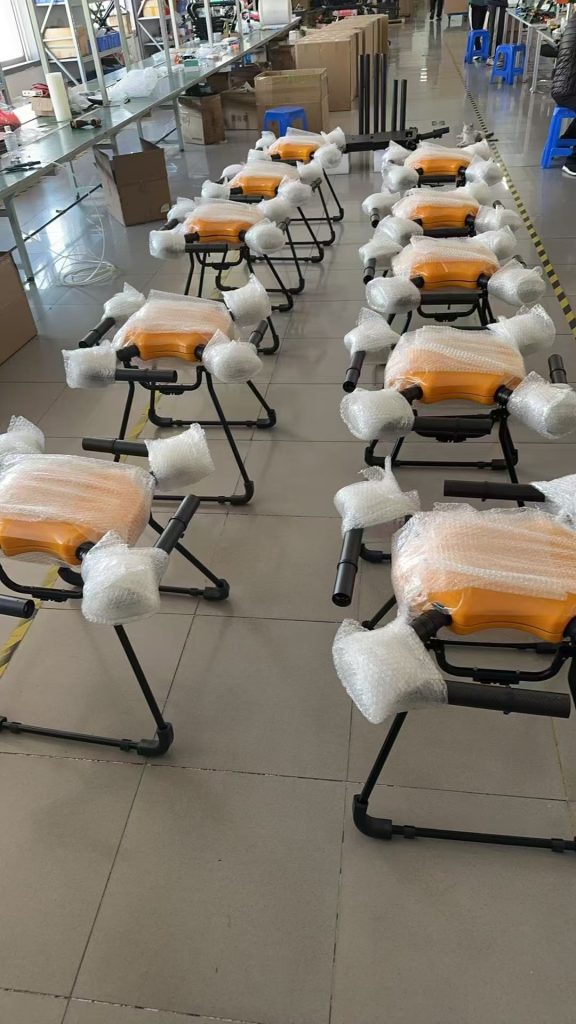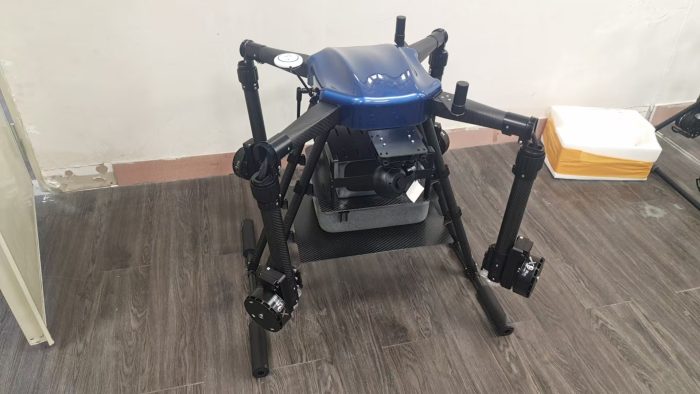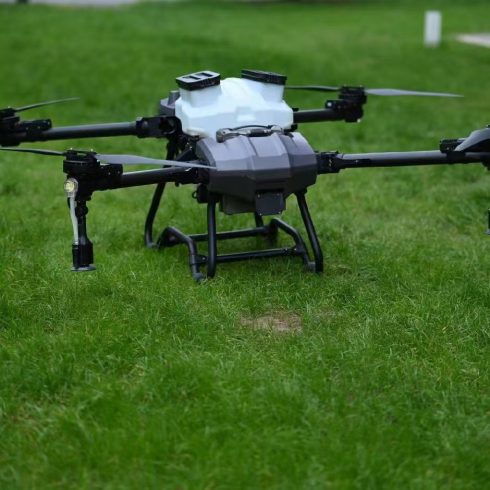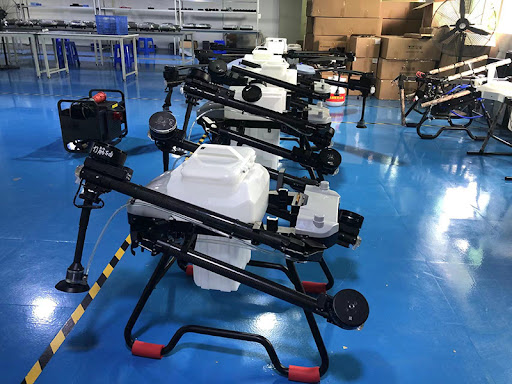
The global logistics landscape is undergoing a seismic shift as delivery drones emerge as a transformative force in transporting goods. These autonomous aerial vehicles, once a futuristic concept, are now bridging gaps in supply chains, slashing delivery times, and redefining efficiency. This article explores the technology, applications, and challenges of delivery drones, offering insights into their role in shaping the future of commerce.
—
How Delivery Drones Work
Delivery drones combine advanced technologies to ensure safe, precise, and scalable transportation of goods:
1. Autonomous Navigation:
– Equipped with GPS, LiDAR, and AI-powered obstacle detection, drones navigate complex environments, avoiding buildings, power lines, and weather disruptions.
– Real-time route optimization algorithms adjust flight paths for maximum efficiency.
2. Payload Capacity:
– Modern drones carry payloads from 2 kg (small parcels) to 25 kg (larger items like electronics or groceries).
– Modular compartments allow customization for fragile, temperature-sensitive, or irregularly shaped goods.
3. Smart Warehousing Integration:
– AI-driven hubs prioritize deliveries based on urgency, location, and drone availability, reducing transit times by up to 70%.
—
Key Advantages of Delivery Drones
1. Speed and Accessibility
– Last-Mile Efficiency: Drones bypass traffic congestion, delivering goods in minutes instead of hours. For example, a 10 km aerial route takes 15 minutes versus 90 minutes by road.
– 24/7 Operations: Unaffected by road closures or peak-hour gridlock, drones ensure round-the-clock service, ideal for urgent medical supplies or time-sensitive orders.
2. Cost-Effectiveness
– Lower Fuel Costs: Electric drones consume 80% less energy per mile than delivery trucks.
– Reduced Labor Dependency: Automation minimizes human intervention in repetitive tasks, cutting operational costs by up to 40%.
3. Sustainability
– Zero Emissions: Battery-powered drones produce no direct CO₂ emissions, supporting corporate ESG goals.
– Reduced Congestion: Fewer delivery vehicles on roads lower urban pollution and infrastructure strain.
—
Real-World Applications
1. E-Commerce and Retail
– Urban Deliveries: Drones deliver online orders directly to balconies or rooftops in high-density cities like Tokyo and New York, cutting “last-mile” costs by 50%.
– Rural Access: In remote areas with limited infrastructure, drones supply essentials like groceries and medications, reducing delivery times from days to hours.
2. Healthcare Logistics
– Emergency Medical Transport: Drones deliver blood samples, vaccines, and organs to hospitals, bypassing traffic during emergencies. Trials in Rwanda reduced delivery times for critical supplies by 85%.
– Pharmaceutical Cold Chain: Temperature-controlled drones ensure insulin and vaccines remain stable during transit, even in extreme climates.
3. Industrial and Commercial Use
– Construction Sites: Drones transport tools and materials to high-rise buildings or remote sites, reducing reliance on cranes and manual labor.
– Agriculture: Farmers use drones to deliver seeds, fertilizers, and sensors across vast fields, improving crop yields by 20%.
—
Overcoming Challenges
1. Regulatory Hurdles
– Airspace Management: Governments enforce strict no-fly zones and altitude limits. Solutions include geofencing software and collaboration with aviation authorities to standardize regulations.
– Certification: Operators must obtain licenses (e.g., FAA Part 107 in the U.S.) and liability insurance.
2. Technical Limitations
– Battery Life: Most drones operate for 30–60 minutes per charge. Innovations like swappable batteries and solar charging are extending flight times.
– Weather Resistance: Advanced drones now withstand rain and moderate winds, but storms or extreme temperatures still pose challenges.
3. Public Trust
– Privacy Concerns: Communities fear surveillance. Transparent data policies and anonymized flight logs help build trust.
– Noise Pollution: Quiet propeller designs and restricted flight hours minimize disruptions in residential areas.
—
The Road Ahead: Trends Shaping Delivery Drones
1. AI and Machine Learning:
– Predictive analytics will forecast demand spikes (e.g., holiday seasons) and pre-deploy drones to strategic hubs.
2. 5G Connectivity:
– Ultra-low latency communication enables real-time fleet coordination, even in dense urban areas.
3. Hybrid Delivery Systems:
– Drones paired with autonomous ground vehicles or lockers will handle heavier payloads and multi-stop routes.
4. Sustainable Tech:
– Hydrogen fuel cells and biodegradable materials will further reduce environmental impact.
—
Market Growth and Projections
The global delivery drone market is projected to reach $39.5 billion by 2030, driven by:
– E-Commerce Boom: 40% of last-mile deliveries could be drone-operated by 2027.
– Government Incentives: Subsidies for green logistics and smart city initiatives.
– Consumer Demand: 65% of shoppers prefer faster, contactless delivery options.
—
Conclusion
Delivery drones are not just a technological novelty—they are redefining the rules of commerce. By merging speed, efficiency, and sustainability, drones address critical gaps in traditional logistics while paving the way for a greener future. While challenges like regulation and battery life persist, advancements in AI, energy storage, and public-private partnerships are accelerating adoption. Businesses that embrace this technology today will lead tomorrow’s supply chains, delivering not just goods, but innovation and progress. The sky is no longer the limit—it’s the highway to a smarter, more connected world












暂无评论内容